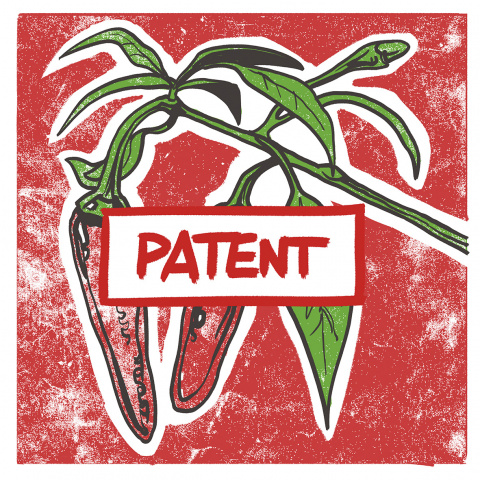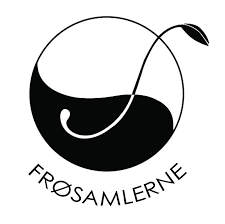US biopiracy: claiming Mexican pepper plants
 The University of California applied for a patent on pepper plants (Capiscum annuum) with a “low destemming force” which means the peppers can be harvested more easily (WO2019191675).
The University of California applied for a patent on pepper plants (Capiscum annuum) with a “low destemming force” which means the peppers can be harvested more easily (WO2019191675).
The plants were originally collected in Mexico and subsequently crossed with varieties marketed in New Mexico (USA): “We have screened a set of wild and semi-domesticated pepper accessions recently collected in regions of Mexico for disease resistance and horticultural traits. Among these is a semi-domesticated C. annuum accession, UCD-14, that has oblong fruit with firm texture and medium pericarp thickness that easily abscises when picked at the mature green stage, leaving the pedicel and calyx behind (destemmed). This line has been crossed with jalapeno, New Mexican (‘NuMex Garnet’) and blocky (‘Maori) types. We have shown that the destemming trait can be readily transferred through a phenotypic evaluation (...)”.
In addition to these non-technical steps in breeding, which are at the heart of the alleged ‘invention’, the University of California added further “technical toppings” that are not necessary to breed the plants. DNA sequences were identified that correlate with the selected phenotype and which are supposed to enable the identification of relevant plants by genotyping. The patent claims the method of selecting and crossing and also the resulting plants and a method to harvest the peppers by “shaking the pepper plant”.
This patent shows how normal plant breeding based on the selection of a phenotype is turned into an invention with zero technological effort, simply by adding some information on marker genes.
These kinds of patents were excluded in the 2017 Administrative Council decision. However, the patent might nevertheless be granted if the legal uncertainty at the EPO prevails.
(Text extract from our report 2020)















